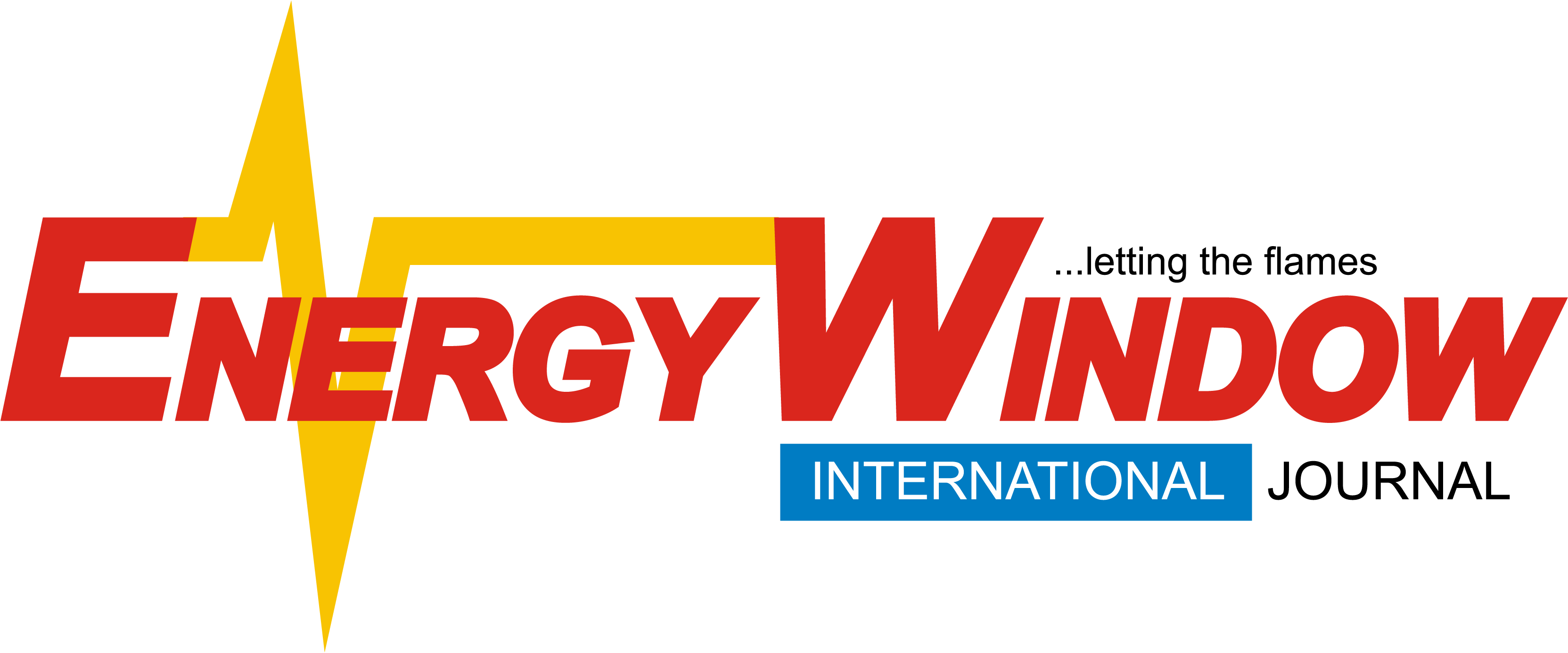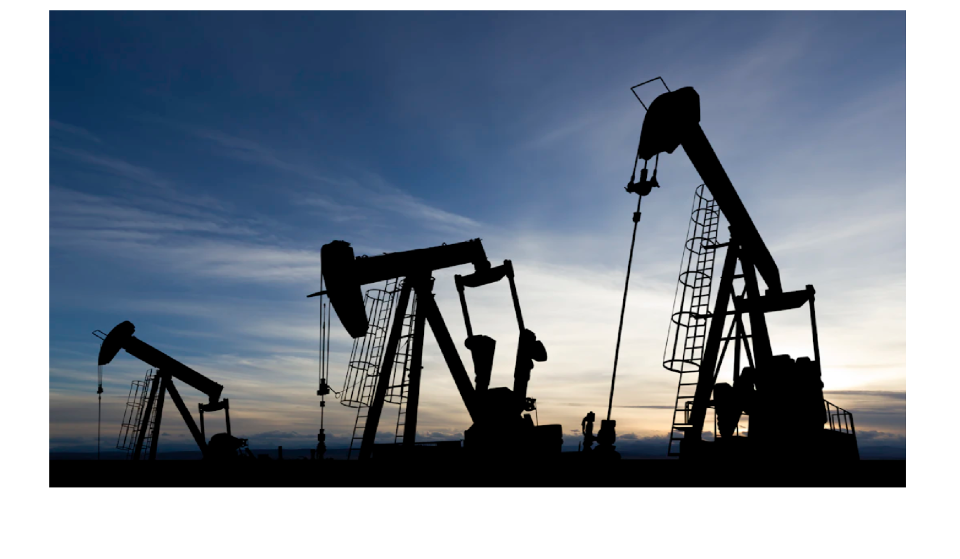By Christie U. Omonigho with Agency Report
Upstream merger and acquisition (M&A) activity according to Rystad Energy’s research analysts, is expected to slow down even significantly this year following two years of record-high transactions driven by US shale mergers. The global deal pipeline value according to them, stands at approximately $150 billion as much of the sector’s consolidation has run its course, making a return to recent peaks unlikely. Geopolitical tension in the Middle East, the ongoing conflict in Ukraine and the UK’s challenging fiscal environment are also expected to create headwinds, and remarkably too, for market participants.
They were of the opinion that North America would continue to lead in global M&A activity, to be driven by nearly $80 billion in upstream opportunities on the market. Noting that some other American locations like South America has seen deals’ value rise from $3.6 billion in 2023 to $14.1 billion in 2024 (excluding Chevron’s acquisition of Hess), which also was due largely to regional exploration and production (E&P) growth ambitions — and despite Petrobras halt of its divestment program.
They have believed that last year essentially marked a significant year, in terms of consolidation in the US shale sector, with approximately 17 consolidation-focused deals, compared to just about three acquisitions in late 2023. “Activity was always expected to fall after such dramatic highs, but there is still plenty of business to be done,” they said, adding that it can’t be taken away that North America still leads in terms of M&A activity, and will surely continue to play a vital role in maintaining the market’s health. They also see potential for further upside if US shale gas M&A activity increases, “assuming Henry Hub prices remain stable and conducive to dealmaking”.
And looking beyond traditional hubs, Atul Raina, Vice President, Oil & Gas Research believes also that the Middle East is rapidly emerging as a significant center for M&A activity. “Bolstered by liquefied natural gas (LNG) expansion plans, the region recorded its second-highest year of M&A activity since 2019, with deal value reaching nearly $9.65 billion in 2024, following a five-year peak of $13.3 billion in 2022”. Adding that the surge in activity could be attributable to the Middle Eastern national oil companies who have their major projects under way – the QatarEnergy’s North Field expansion and ADNOC’s Ruwais LNG for instance.
The North Field expansion, from further disclosures, is aiming to elevate QatarEnergy’s LNG production to 142 million tonnes per annum (Mtpa) by the early 2030s. ADNOC is reportedly considering awarding an additional 5% stake in Ruwais LNG to an international partner, although the ongoing geopolitical tension in other parts of the region may pose obstacles.
“M&A deal value in Europe decreased by around 10% year-on-year, to $14 billion in 2024. Around 75% of the regional total centered on the UK, where majors have been adopting an autonomous model strategy to expand their presence in the North Sea. The largest deal this year involved Shell and Equinor merging their UK North Sea upstream portfolios, excluding some of Equinor’s cross-border assets. The combined entity will become the largest producer in the UK North Sea, with a projected output of around 140,000 barrels of oil equivalent per day (boepd) by 2025”.
“Despite $8 billion worth of upstream opportunities in the region, the outlook for future M&A activity in Europe remains uncertain due to fiscal policy in the UK, which accounts for 73% of the potential deals, valued at about $5.9 billion. Tightened government fiscal terms for offshore oil and gas threaten to dampen buyer interest also. However, combining portfolios that balance deferred tax positions and future expenditure could be an emerging trend in the country’s M&A landscape, given the current fiscal challenges”.

